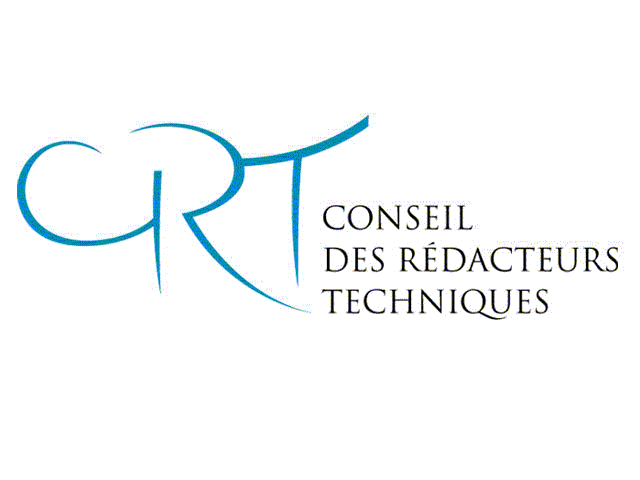
Patrick Hofmann's abstract
From writer to illustrator: applying technical writing theory to visual information
For technical authors, writers, and developers of hardcopy and online information, one persistent challenge is to augment and balance the textual information with meaningful visuals. Unfortunately, not all technical writers have a graphic artist or technical illustrator in their teams. If they do, the artist or illustrator is often either:
- a draftsperson or engineer who produces complex technical illustrations, schematics, or exact representations of physical objects
- a graphic artist who produces stylised conceptual graphics that meet the requirements of the corporate style guide.
Either way, the result is often the same: the visuals do not meet the requirements of the user or reader. As technical authors and writers, we invest considerable time and effort in crafting instructions and information so that they are meaningful and memorable to the reader. Why do we not do the same for visual information?
To address this question, one could recruit a technical illustrator or graphic artist and teach them the values and virtues of technical writing: to optimise the visual information so that finding, reading, absorbing, digesting, and learning it is maximised. Conversely, as technical authors and writers, we could learn the skills of basic illustration and visual design.
Whatever the approach, the mission is identical: by applying our values and virtues to visuals, we become the architects of both the textual and visual information in our documents.
But what values and virtues of technical writing can we apply to visuals? They include the following:
- Keep it brief. In writing, we try to simplify our wording and include only what is vitally necessary, so that our message is as easy to read as possible. Likewise in illustrations, if we include only what is vitally necessary to the message of the illustration, we eliminate visual traffic.
- Make it task-oriented. In writing, we aim to make our instructional information as actionable as possible. Likewise in illustrations, we should spend less time conveying the object in its anatomically perfect form, and instead, illustrate the object so that it clearly conveys an instruction.
- Be consistent. In writing, we use wording conventions and structures that bring consistency and expectation to our text. Likewise in illustrations, we should be consistent with sizes, angles, views, and so on. By repeating a common illustration and making slight modifications to it, we bring consistency to the document and we amplify the change in meaning between illustrations.
And these are just three basic, high-level rules. By applying such rules
to visuals, not only do we improve the value of visual information in
our documents, we improve the value of our role in the production of our
documents. As technical writers and authors, we can become advocates,
ambassadors, and architects of meaning in visuals. Whether in words or
in pictures, we are the maximisers of meaning for the information.
About Patrick Hofmann
As a Visual Information Designer, Patrick Hofmann is "a man of few words". At Quarry Integrated Communications near Toronto, he builds award-winning visual design strategies to improve online, hardcopy, and interface information.